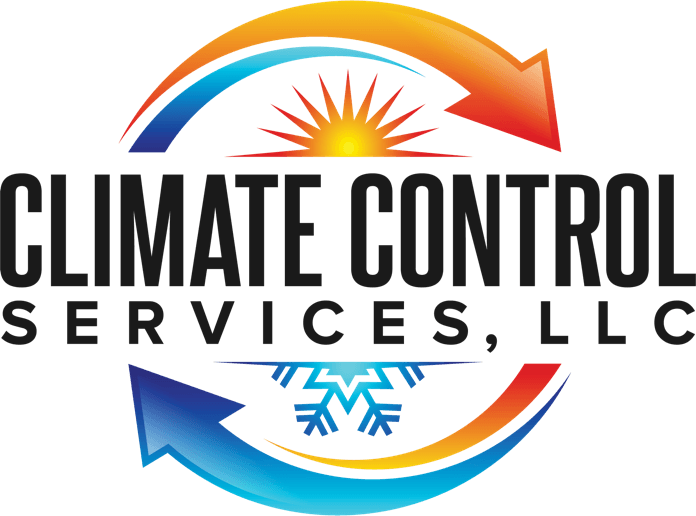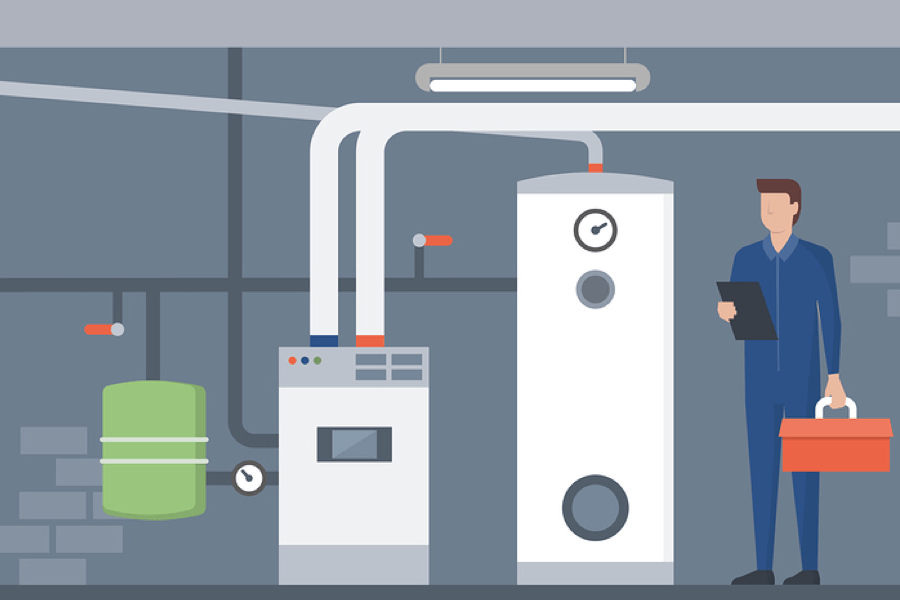SEER standards and how they affect Illinois
New SEER standards can help you improve living conditions and cut operating costs
SEER stands for Seasonal Energy Efficiency Ratio and refers to the performance of air conditioners. New air conditioners must be manufactured to reach a minimum SEER level, which varies according to where in America the system is to be installed. The minimum levels are set by the Department of Energy (DOE) working with manufacturers’ trade groups. To the question: What has what I buy to do with the DOE?, the answer is that supplies of energy are not unlimited and the State has a vested interest in good performance levels. To the question: Why does the DOE consult with manufacturers?, the answer is that such controls work better when they have been agreed by the people most subject to them, rather than imposed.
Window A/C units are not affected
We should make clear that SEER applies to all air conditioning systems except window units. Window units, therefore, usually have a much lower SEER rating than other systems and, measured by the cost per BTU, are more expensive to run.
What SEER ratings mean
SEER is a measure of how efficiently an air conditioner does its work. In practical terms, it is the ratio between the cooling the system delivers, measured in British Thermal Units (BTUs), and the amount of energy consumed, measured in watt-hours. It therefore tells you just how much cooling you are getting for every dollar you spend on energy to run it. The lowest rating is 9 and the highest is 75 but for normal domestic air conditioners somewhere in the teens is generally sufficient.
What SEER rating you actually need varies according to where in America you live. The current legal position is that new systems in Illinois have to have a SEER rating of not less than 14. And, if you want an Energy Star qualified system, that rises to 14.5. The efficiency of the heat pump must be a minimum of 15.
It isn’t all spend – the higher your unit’s SEER rating, the lower your gas bills should be.
SEER is not the only thing you need to take into account when you contemplate new central heating. Give us a call and take advantage of our 20 years experience of guiding people to the best system for their particular circumstances.
You might also like
HVAC Blog | Climate Control Services LLC

Furnace Repair, Tune-up, New Installation
AC repair, tune-up and new installation.
Location
13N085 Coombs Road Unit D
Elgin, IL 60124
services@climatecontrolservices.net
Call
(630) 906-9768
| Climate Control Services LLC
Powered by Exclusively



